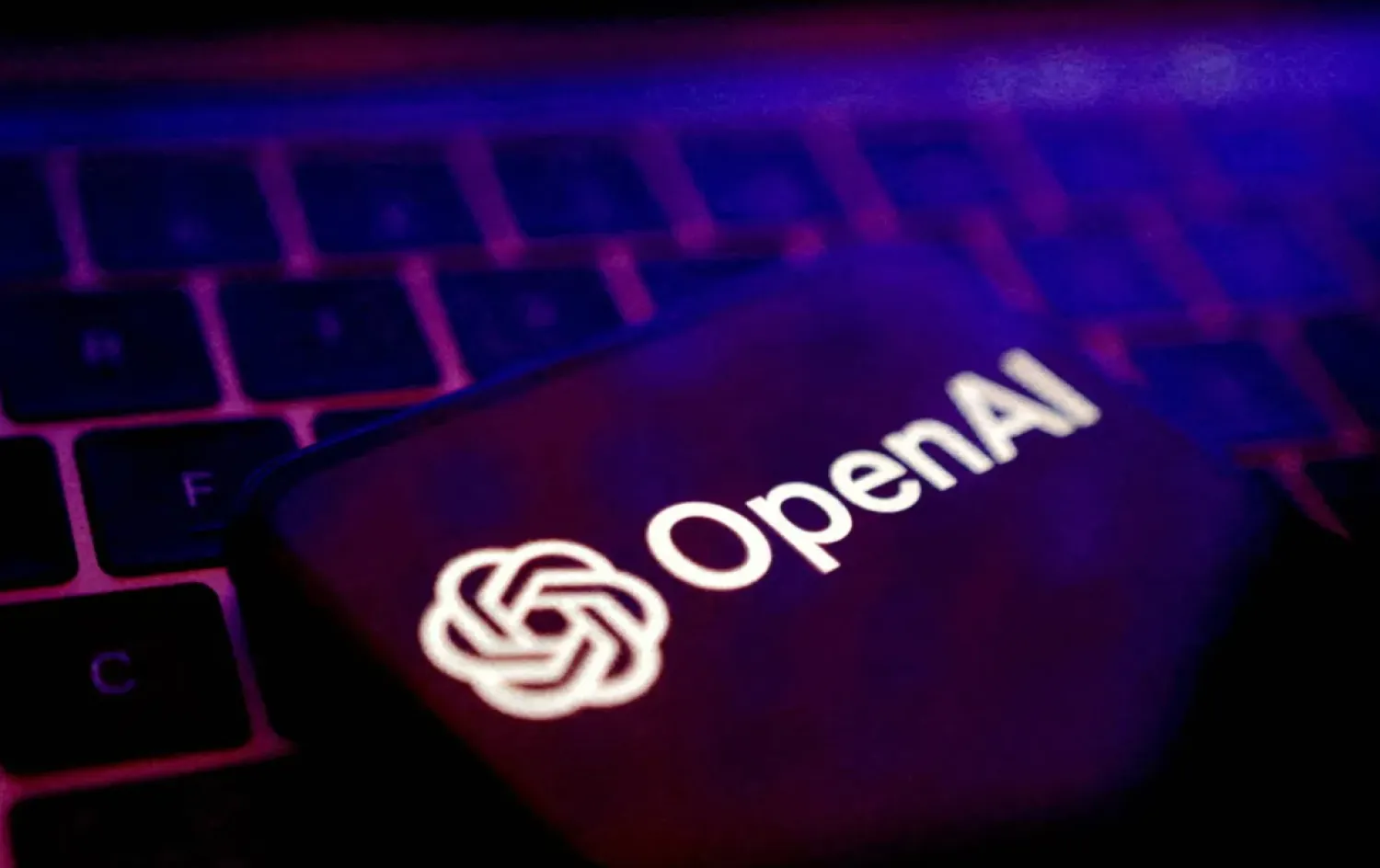The business sector has witnessed a challenging phase during the covid-19 pandemic, and many small businesses and individuals have been affected.
Google unveiled Wednesday an initiative to hasten the economic recovery of the MENA region through digital transformation. The Grow Stronger with Google program will offer tools, training and financial grants worth more than $13 million to empower local businesses and jobseekers, with a special focus in Saudi Arabia on supporting business activities in the fields of retail, tourism, and entrepreneurship.
According to the Arab Monetary fund, around six million jobs are at risk in the Arab world, and the most available vacancies in the Kingdom require applied digital skills.
As part of its regional program, Google pledges to help more than one million people and businesses in the MENA region to learn digital skills and grow their businesses by the end of 2021. The company will provide grants from Google.org, the company's philanthropic arm, and loans worth $4 million, as well as grants and advertising credits of more than $9 million for governments and businesses.
Asharq Al-Awsat attended a special digital meeting with Lino Kataruzzi, general manager of Google in MENA, in which he explained the reasons why Google launched this project, the targeted groups, and how digital opportunities can contribute to a stronger return of people, business activities, and societies in Saudi Arabia and the region.
He stressed that digital tools have become a mean of saving many people during the crisis, and that Google helps people acquire new skills, find jobs, and enhance the presence of commercial activities on the Internet, especially those working in the areas of retail and tourism, because they are most affected by the crisis.
He also stressed that Google is optimistic about the future of the region, and has great confidence that cooperation with local partners will accelerate the pace of economic recovery by taking advantage of digital transformation.
The "Go Strong with Google" program in Saudi Arabia includes 3 main areas, which are digital and cloud skills training, business guidance and direction, and digitization of local business activities.
As for the first area, Google will ink partnerships with local authorities, such as the Ministry of Communications and Information Technology (the Digital Giving Initiative), the Ministry of Tourism and Wadi Makkah, through which it will provide training on digital marketing to more than 50,000 students and commercial activities in the Kingdom, and will host digital training for technology companies.
As for the second area (mentoring and directing business activities), Google will launch the Google for Startups Accelerator program to support local entrepreneurs, so that the first group will include up to 15 startups from the region to participate in a 3-month program that provides guidance, direction and assistance from expert advisors. The company will also provide $1.1 million in grants from Google.org to Mercy Corps, the Arab Tourism Organization, and Youth Business International to direct business activities and entrepreneurs across the region.
The third area (digitizing local commercial activities in Saudi Arabia) includes the launch of the Market Finder service to help local businesses identify new markets and acquire global customers. It will also grant all retailers in Saudi Arabia, whether they are Google advertisers or not, the right to access the brand Google Shopping tab to list their products at no cost, which helps them communicate with more customers, in addition to listing 100,000 local businesses in Saudi Arabia on "My Business on Google" and providing the owners of these businesses with digital skills in partnership with Saudi Post.
The listing will also include 50,000 companies in the UAE in partnership with the Dubai Chamber of Commerce and Industry.
Google has trained 300,000 students, handicraft artists and commercial activities on digital marketing in the region in partnership with local authorities and institutions, such as the Ministry of Youth and Sports, the Egyptian Federation of Tourist Chambers, the Ministry of Communications and Information Technology (the Digital Giving Initiative), the Ministry of Tourism in Saudi Arabia, the Nama Foundation for the Advancement of Women, and the Mohammed bin Rashid Foundation for the Development of Small and Medium Enterprises in the UAE, in addition to supporting thousands of small businesses with limited resources by providing financial loans worth $3 million in cooperation with the Kiva Foundation, a digital platform to connect lenders and borrowers around the world.
In 2018, the company announced the launch of "Skills from Google," a training program on digital skills for Arabic speakers, from which about one million Arab youth have so far benefited.
You can visit the “Go big with Google” program at grow.google-intl-mena.









